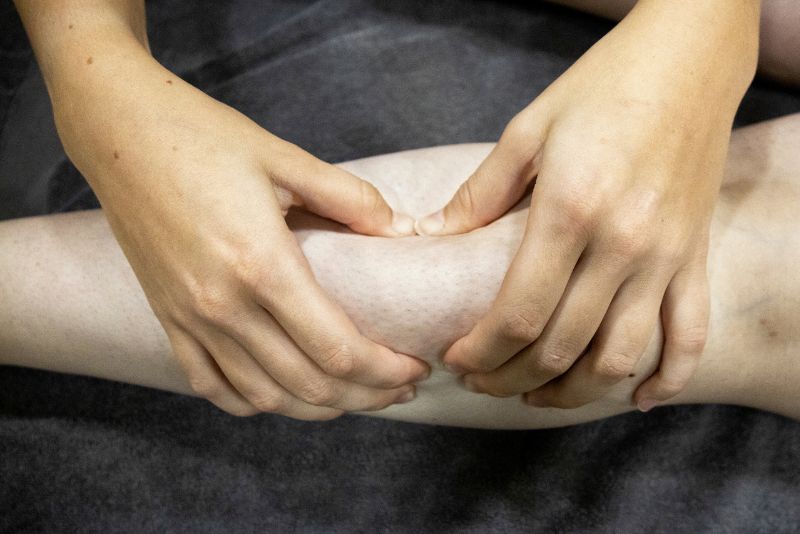Experience fast relief from muscle pain and tension with our expert dry needling services at Blessed Beauty Boutique. Our targeted treatments promote healing and restore mobility, helping you feel your best after just one session. Book now and discover a pain-free, active lifestyle!
What is Dry Needling?
Dry needling involves the insertion of thin, monofilament needles into muscle trigger points—tight, irritable, and dysfunctional muscle tissue. These trigger points can:
- Disrupt muscle function
- Restrict range of motion
- Cause pain
Dry needling involves the insertion of thin, monofilament needles into muscle trigger points—tight, irritable, and dysfunctional muscle tissue. These trigger points can:

Benefits of Dry Needling
Dry needling is more than just a quick fix. It’s a holistic approach to pain management and muscle function improvement. Its numerous benefits include:
- Immediate Pain Relief. One of the most compelling advantages of dry needling is the immediate relief from pain that many patients experience. The technique targets trigger points that are often the root cause of pain, providing rapid relief.
- Enhanced Muscle Function. By releasing the tension in trigger points, dry needling allows muscles to function more efficiently. This is particularly beneficial for athletes or anyone engaged in physical activities that require optimal muscle function.
- Improved Range of Motion. Muscle stiffness and tension can severely limit your range of motion. Dry needling helps to relax the muscles, making it easier to move freely without discomfort.
- Reduced Chronic Pain. For those dealing with long-term, chronic pain, dry needling can be a part of a comprehensive pain management strategy, offering a more sustainable solution compared to medication alone.
- Low Risk and Minimally Invasive. When performed by trained professionals, dry needling is a safe procedure with minimal risks. It’s a non-pharmacological option, making it suitable for those who prefer to avoid medications.
FAQ’s
The purpose of acupuncture is to alter the flow of energy (“Qi”) along traditional Chinese meridians for the treatment of pain and dysfunction. Dry needling has an anatomy-specific focus as needles will be inserted directly into the tight muscle rather than up and down the path of its energy.
Length of relief will vary from person to person. With initial treatments, results typically last several days. With each additional treatment, the goal is that we are able to increase the window of relief with each session meaning longer relief with each additional attempt.



